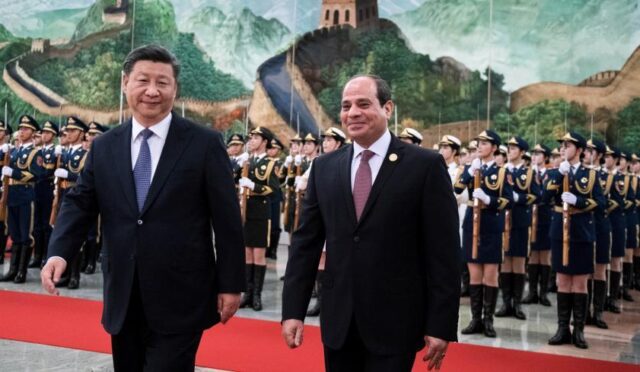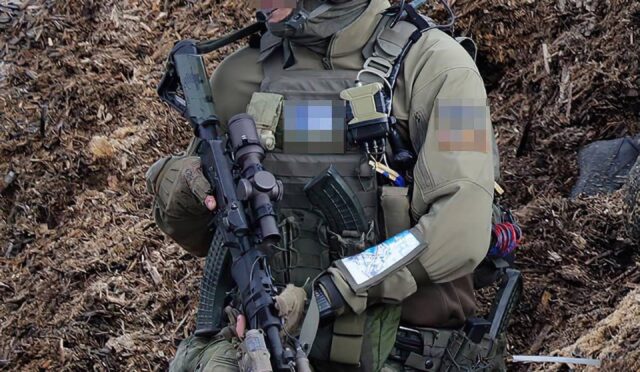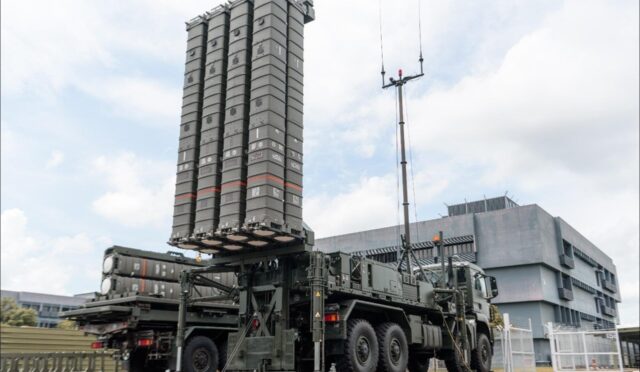Iran Regime Change: Why It’s Unlikely to Succeed
In recent days, following the unprecedented military strikes launched by Israel on various Iranian military sites, Prime Minister Benjamin Netanyahu has suggested the potential for an internal uprising to bring about the fall of Iran’s government. He intimated that this internal revolution could resemble the downfall of Bashar al-Assad’s regime in Syria. Furthermore, Netanyahu has hinted at Israel’s willingness to target Iran’s supreme leader, Ayatollah Ali Khamenei, following the deaths of several high-ranking Iranian officials in recent operations.
Despite these provocations, hoping for a revolutionary shift in Iran, even given the current unpopularity of the regime, is misguided. The discontent against the government is palpable, particularly after its violent response to protests advocating for women’s civil rights since mid-2022. The demographic landscape of Iran, with over 60% of the population under 30, shows a significant disinterest in the hardline Shi’a Islam prescribed by the state, with approximately seventy-five percent of Iranians favoring a secular system of governance.
Discontent Does Not Equal Regime Collapse
The middle is shaped by a deeply rooted dissatisfaction with the Iranian regime; however, this sentiment isn’t enough to precipitate a regime collapse. Young Iranians, while increasingly aware of the authoritarian pitfalls—having endured years under such a system—currently lack a coherent, viable plan to initiate a pro-democracy movement. Unlike in the case of Syria, simply having widespread discontent does not equate to the establishment of an effective opposition.
Moreover, the Iranian populace’s awareness of their political plight does not translate into the organized action necessary to upend a robust regime. This dynamic highlights a critical misunderstanding among Western strategists who may assume emotional discontent ensures the readiness for an uprising, ignoring the complex realities of Iran’s sociopolitical fabric.
The Regime Is Armed and Indoctrinated
Central to Iran’s resilience is the Islamic Revolutionary Guard Corps (IRGC), an armed force comprising approximately 150,000 personnel who are well-equipped and adequately compensated. This military force stands ready to mobilize swiftly, showcasing its commitment to the regime. Furthermore, members of the IRGC are subjected to rigorous ideological indoctrination, instilling unwavering loyalty to the clerical leaders.
In contrast, Assad’s forces in Syria, which hinged on a disillusioned military heavily influenced by Hezbollah, lacked the ideological backing that fortifies the IRGC. This significant difference emphasizes why predictions of a rapid regime change following external military interventions miss the mark. The underlying support structure for Iran’s regime remains robust, making any notions of a shallow internal revolt speculative at best.
No Viable Rebel Alternative
The absence of a formidable rebel force within Iran further complicates the prospects for regime change. Unlike the Syrian conflict, where the Hayat Tahrir al-Sham (HTS) militia managed to rally considerable opposition and garnered resources from external allies, Iran lacks a comparable organized group capable of challenging the IRGC’s supremacy. Without such a collective, there is no realistic pathway for a successful uprising.
Attempts to cultivate a proxy or rebel force against the Iranian regime have yet to show any signs of effective coordination or strength. This vacuum of organized resistance significantly reduces the feasibility of a popular uprising succeeding in overthrowing the current leadership.
The Illusion of Decapitation
Netanyahu’s apparent strategy seems to rely on a decapitation approach—targeting the leadership in hopes that it would lead the regime to crumble. Recently, Israeli hackers interrupted Iran’s state television for a brief propaganda campaign aimed at inciting a revolutionary response. However, history provides cautionary tales, such as the 1991 uprisings in Iraq, where rebels, emboldened by external encouragement, faced devastating retribution. Thus, a similar scenario threatens to unfold if misguided calls for internal revolt are heeded.
Furthermore, Netanyahu’s assertions may serve a dual purpose—an effort to manipulate American policymakers into perceiving the Iranian regime as more vulnerable than it truly is. His comments might inadvertently persuade U.S. leaders to consider preemptive military actions without fully grasping the complex repercussions, thereby risking engagement in a broader conflict.
Killing Khamenei Would Backfire
While there has been a push against directly targeting Khamenei, the consequences of such an action would be catastrophic. If Khamenei were assassinated, Iran would likely experience profound turmoil, resulting in widespread retaliatory measures—both at home and abroad. This could incite a wave of extremist actions, placing vulnerable Iranian communities overseas at risk of backlash and hate crimes.
Additionally, the fundamental nature of the regime may fortify in response to a martyrdom narrative propelled by the loss of Khamenei. The existing leadership may unite further against perceived threats, potentially even pursuing aggressive nuclear capabilities in retaliation.
Smarter Alternative
A more prudent approach would involve negotiating terms that offer Iran incentives for cooperation, such as purchasing its enriched uranium stockpile in exchange for a stable supply of fuel for its civilian energy needs. Gradually lifting sanctions as part of a constructive dialogue could pave the way for a more stable relationship and diminish the nuclear threat.
Such diplomatic engagement emphasizes realistic outcomes over fantasies of forced regime change. Encouraging Iran along a pathway to reform through established dialogues remains an attainable objective, provided there is mutual respect and acknowledgment of existing complexities within its governance.






